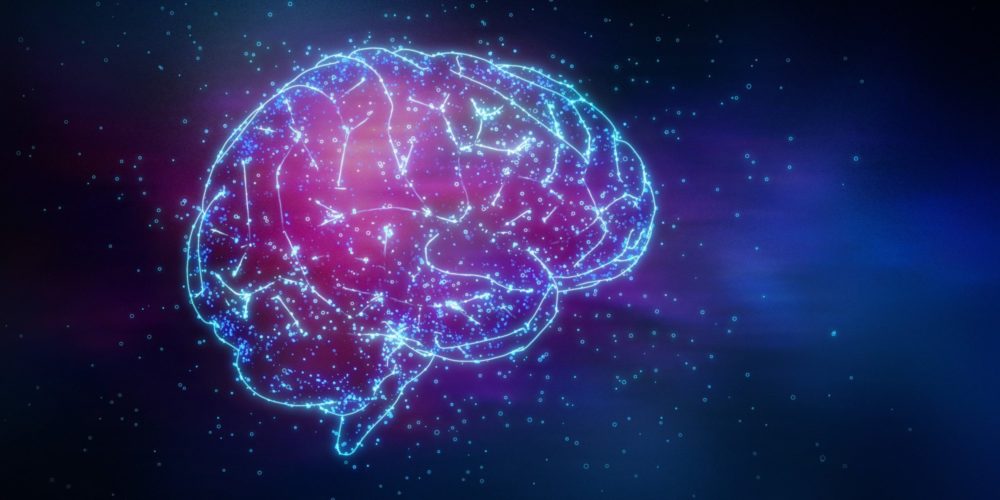Ever wondered why we perceive things- edges and contours, as we do?
Here is your answer!
Scientists at the University of Basel, have attributed the way our brain perceives structures, to additional information from the remaining visual field that lie on a common axis relied to individual neurons.
Individual visual stimuli are not processed independently by our brain. Rather neurons exchange incoming information to form a coherent perceptual image from the myriad of visual details impinging on our eyes.
The visual cortex, the largest part of the human brain, is responsible for analyzing information seen through the eyes and in turn enables us perceive the visual world. Different neurons in this brain area react to components of the visual scene at specific positions in our visual field.
The research team led by Prof. Sonja Hofer at the Biozentrum, University Basel studied neuronal networks in a mouse model and what information these individual neurons in the networks of the visual cortex receive from other neurons about the wider visual field.
Sonja Hofer and her team showed that individual neurons also receive extensive additional information from the remaining visual field.
“This is not surprising, because how we perceive individual visual stimuli strongly
depends on their surrounding visual environment”, Hofer explains. Individual parts of an image are, for instance, merged into lines, contours and objects.“Our visual environment contains many long lines and contours”, Sonja Hofer explains.
“The structure of the world around us is therefore mirrored in the pattern of synapses in the brain”.
Scientists believe that specific brain connectivity might facilitate the perception of elongated lines and edges: neurons that react to different parts of such edges are connected, can increase each other’s activity and therefore boost the response that contributes to the perception of these visual features.
“Our brain is so good at identifying contours and objects in images that it is sometimes deceived into seeing them even if they do not actually exist (such as the edges of the blue triangle in the foreground of the figure). Such optical illusions show how primed our brain is to detect lines and object contours”, says Hofer. “Our findings reveal a mechanism that can contribute to this skill”.






























